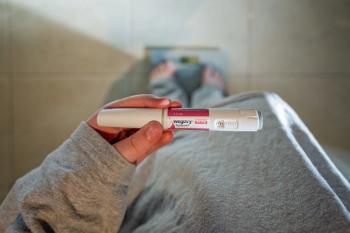
Affordable Care Act Has Not Reduced Unnecessary Hospital Visits
Medicaid expansion has helped to increase annual checkups among low income individuals.
The Affordable Care Act (ACA) Medicaid expansion program increased the number of insured low-income individuals, but the rate of non-urgent emergency department (ED) visits hasn’t changed, according to a study published in Applied Economic Perspectives and Policy.
The ACA went into effect 10 years ago and the United States has seen a rise in insured low-income individuals, which is especially true in rural communities compared with urban areas, according to the study.
However, the number of non-emergency ED visits has not gone down since the ACA was implemented. Unnecessary visits to the ED put an additional strain on hospitals and raises costs for the patient, according to the study authors.
One explanation for this is that Medicaid reimbursements for physicians is lower than other insurances, meaning that physicians so not have a monetary incentive to increase the number of low-income patients they see, according to the study.
"I was surprised to see that low-income rural residents actually had more insurance gains than urban residents," said Bidisha Mandal, PHD, a professor at Washington State University, in a prepared statement. "But providers just don't have enough incentive to accept new Medicaid patients."
The study also found that the number of annual checkups for low-income people in rural areas increased; however, those visits have not reduced the number of non-urgent ED visits.
REFERENCE
ACA results in fewer low-income uninsured, but non-urgent ER visits haven't changed [News Release] November 5, 2020; Pullman, Washington. Accessed November 19, 2020.
Newsletter
Stay informed on drug updates, treatment guidelines, and pharmacy practice trends—subscribe to Pharmacy Times for weekly clinical insights.

















































































































































































































